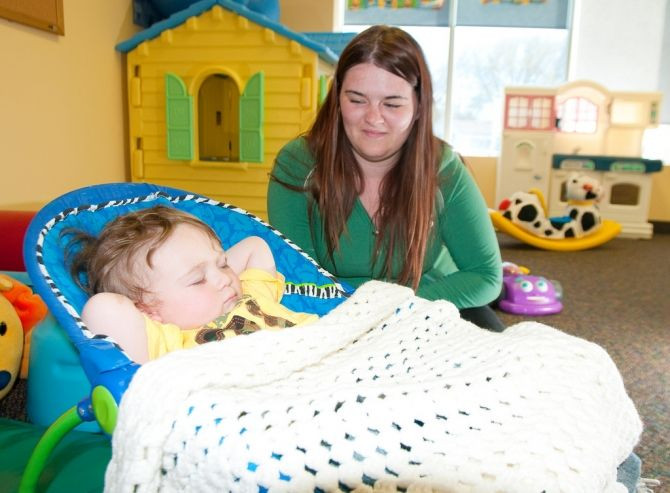Teen Birth Rate Has Biggest Yearly Drop in Over 60 Years

The U.S. teen birth rate has dropped 9 percent in 2010 compared to the previous year, the lowest annual decline ever reported, said the National Campaign to Prevent Teen and Unplanned Pregnancy.
According to the Centers for Disease Control and Prevention's National Center for Health Statistics (NCHS) the 9 percent drop is the steepest one-year decline since 1946/1947.
"I am aware of no other social problem that has improved so dramatically over so many years," said Sarah Brown, CEO of The National Campaign to Prevent Teen and Unplanned Pregnancy.
Brown said that “progress in reducing teen pregnancy has been nothing short of remarkable,” and that the teen birth rate has declined a “stunning 44 percent between 1991 and 2010.”
“There have been impressive declines in all 50 states and among all racial/ethnic groups. Not so long ago, teen pregnancy was viewed as intractable and inevitable. This report shows that too early pregnancy and child-bearing are 100 percent preventable.”
The NCHS highlighted some findings below.
- Birth rates declined for teens of all ages. The rate for teens 15-17 declined 12 percent in 2010 and has fallen 55 percent from its peak in 1991. The birth rate for teens 18-19 declined 9 percent in 2010; 38 percent lower than in 1991.
- Birth rates also declined for all racial/ethnic groups. Among teens 15-19, the birth rate declined 9 percent in 2010 for non-Hispanic whites and non-Hispanic blacks, 12 percent for Hispanic and American Indian Alaska Native teens, and 13 percent for Asian Pacific Islander teens.
- The national teen birth rate fell to 34.3 births per 1,000 girls aged 15-19 in 2010, down from 37.9 in 2009 and 61.8 in 1991 when the teen birth rate was at its peak.
Brown said that the magic formula of “less sex” and “more contraceptives” is responsible for “this great good news.”
"Teens are being more careful for a number of reasons, including the recession, more media attention to this issue—including the '16 and Pregnant/Teen Mom effect'—and more attention to and investment in evidence-based programs,” said Brown.
“But at the end of the day, the thanks and admiration go to teens themselves."



























